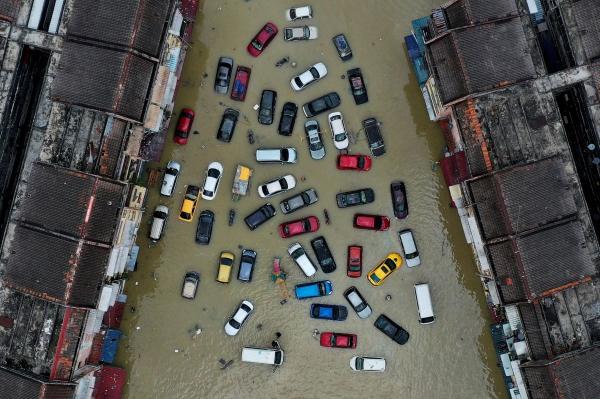SHAH ALAM, Sept 4 — The state government is carrying out a comprehensive inventory of unowned infrastructure across the state as part of efforts to address maintenance issues and frequent flooding in certain areas.
State executive councillor for infrastructure and agriculture Dato' Izham Hashim said the inventory or mapping process covered roads, slopes, retention ponds, and bridges, for which no official department or agency was responsible.
The effort is a continuation of the state government’s success in completing an inventory of unowned drains covering more than 500 kilometres, carried out through large-scale cleaning works with a RM5 million one-off allocation this year.
“Some developments involve more than three agencies, making the unowned infrastructure no longer a small issue...the lack of proper maintenance also contributes to flash floods in several areas of the state.
“For that, the State Economic Planning Unit has been instructed to commence inventory work on these four types of infrastructure, with the target of completing it within six months,” he said during a press conference after officiating a workshop to review the Integrated Management Plan for the Langat, Selangor, and Klang River Basins 2022-2030 today.
Izham added that some of the infrastructure was built on private land based on verbal agreements with landowners without formal acquisition, leading to disputes when land ownership changes and restricting access for maintenance of the infrastructure.
To resolve the issue, the state government has introduced a new policy to determine the agency responsible for each type of infrastructure, with drains discharging into rivers under the purview of the Irrigation and Drainage Department (DID), while those connected to the urban drainage system are managed by the local authorities.
The move is aimed at preventing infrastructure from being abandoned and left without maintenance, which could pose a risk to the safety of residents.
He said the initiative is also supported by the Environment-Friendly Drainage Master Plan (Pisma) of the DID, which outlines long-term solutions to tackle flash floods based on a study of the capacity and effectiveness of the existing drainage system.



